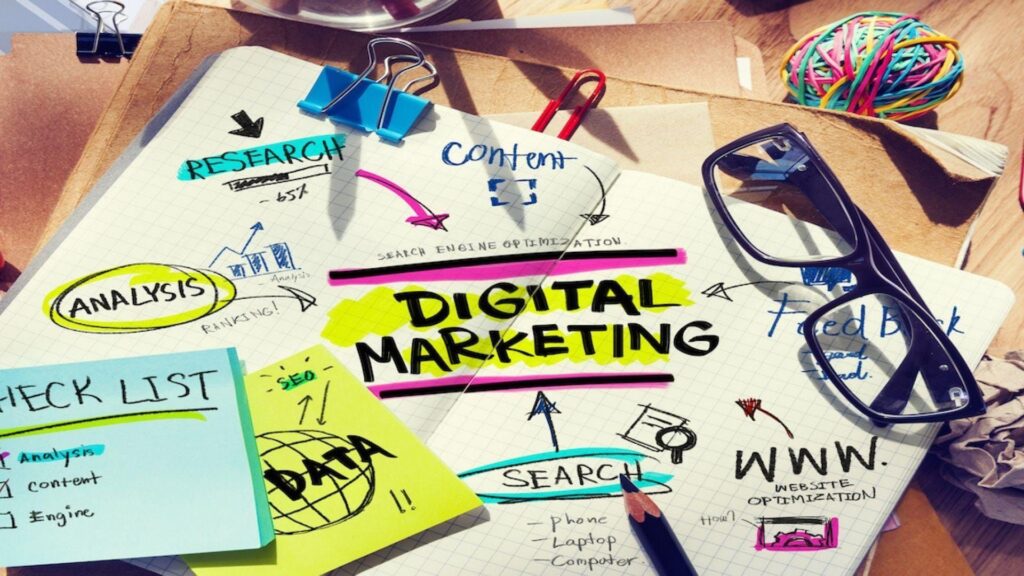
In recent years, Liquid Glass has become a buzzword in technology, construction, and daily consumer products. But what exactly is it, and why is it considered revolutionary? From protecting smartphones to enhancing industrial materials, liquid glass is shaping the future of coatings and surface protection.
What is Liquid Glass?
Liquid glass is a nanotechnology-based protective coating made from silica (SiO₂), the same material that forms natural quartz. When applied, it creates an invisible, ultra-thin layer that bonds with the surface. This layer is only a few molecules thick—about 500 times thinner than a human hair—yet it provides powerful protection
Interestingly, the term liquid glass can also refer to sodium silicate, a water-soluble compound used in adhesives, detergents, construction, and even in fireproofing materials. In advanced science, liquid glass has also been studied as a unique state of matter where particles behave like both a liquid and a solid.
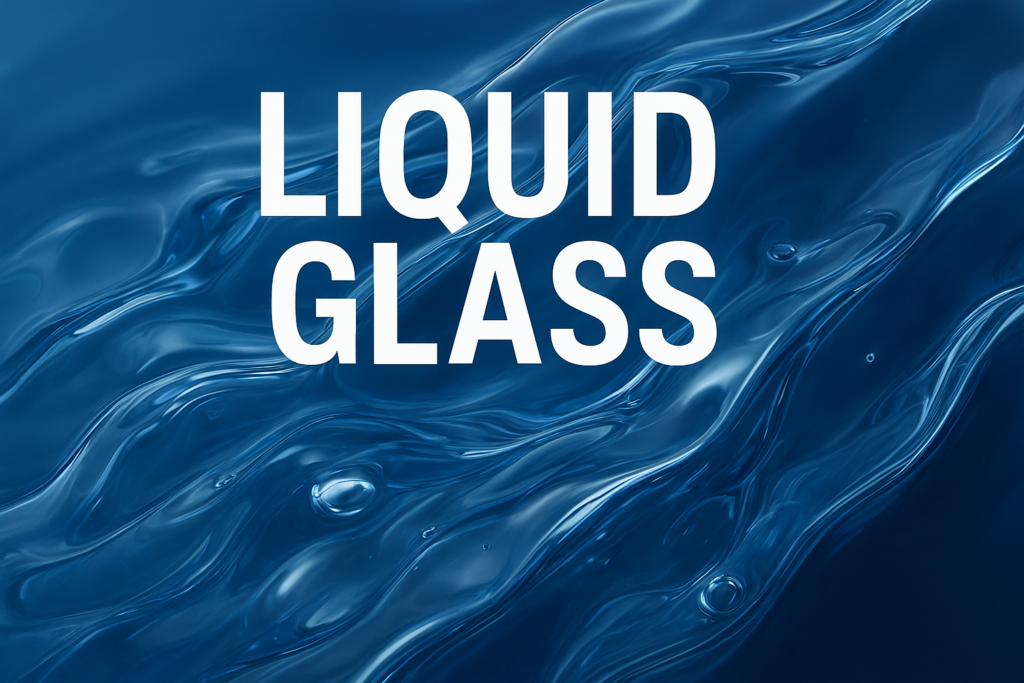
Key Features of Liquid Glass
Scratch Resistance: Forms a tough, invisible coating that prevents scratches on glass and metal.
Water & Oil Repellent: Hydrophobic and oleophobic properties keep surfaces clean and stain-free.
Anti-Bacterial Surface: Prevents the growth of germs and bacteria, making it useful in medical fields
UV Protection: Shields surfaces from harmful UV rays, preventing fading and degradation
Eco-Friendly: Made from natural materials like quartz, it’s non-toxic and safe for the environment
Long-Lasting Protection: Can last up to 12 months on devices and even longer on industrial surfaces
Uses of Liquid Glass
Mobile Screen Protectors – A popular use of liquid glass is in smartphone coatings, offering protection without bulky tempered glass
Automobile Industry – Used for car windshields, paint, and interiors to prevent scratches, dirt buildup, and water spots
Construction & Buildings – Applied on tiles, concrete, wood, and glass to improve durability and weather resistance
Medical Sector – Surfaces coated with liquid glass resist bacteria and are easier to sanitize.
Everyday Household Use – On fabrics, kitchen counters, and windows for easy cleaning and longer lifespan.
DIGI MERCH STORE PRINT ON DEMAND

Benefits Over Traditional Coatings
Unlike waxes, sprays, or tempered glass, liquid glass is ultra-thin and invisible. It doesn’t alter the look or feel of the surface but still provides strong protection. It’s flexible, breathable, and safe, making it more versatile than many traditional coating solutions
Future of Liquid Glass Technology
With ongoing advancements in nanotechnology, liquid glass applications are expected to expand into aerospace, marine industries, and even medicine. Researchers believe that this “smart coating” could one day make surfaces self-cleaning, self-healing, and more durable than ever before.
Liquidglassprotection. dailyprompt
Nanocoatingtechnology. AffiliateMarketing
Liquidglassformobile. PosterDesigning.
Liquidglassadvantages. socialmediaposts
Howliquidglassworks. Businesscards
Comment

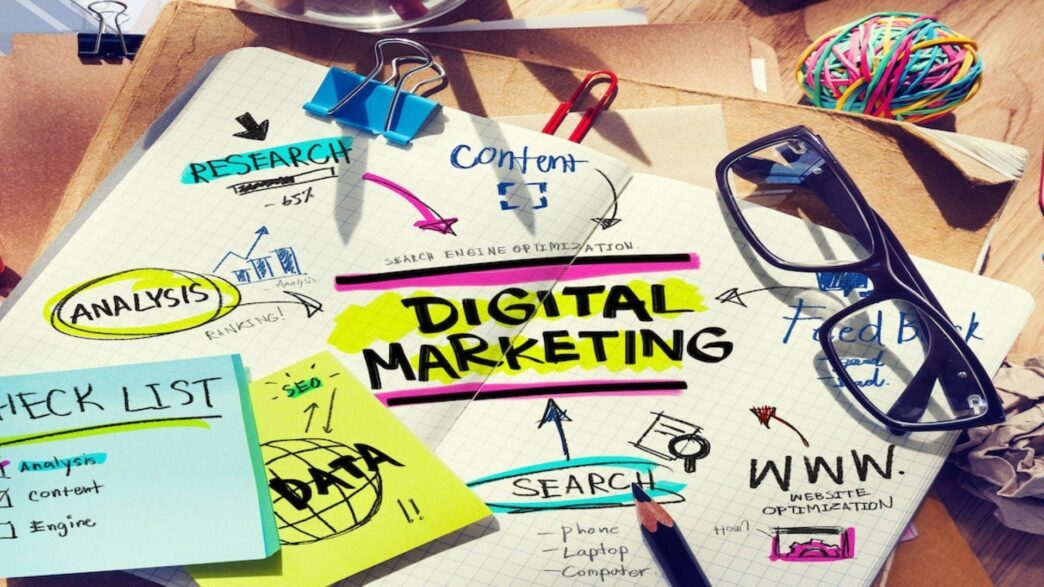
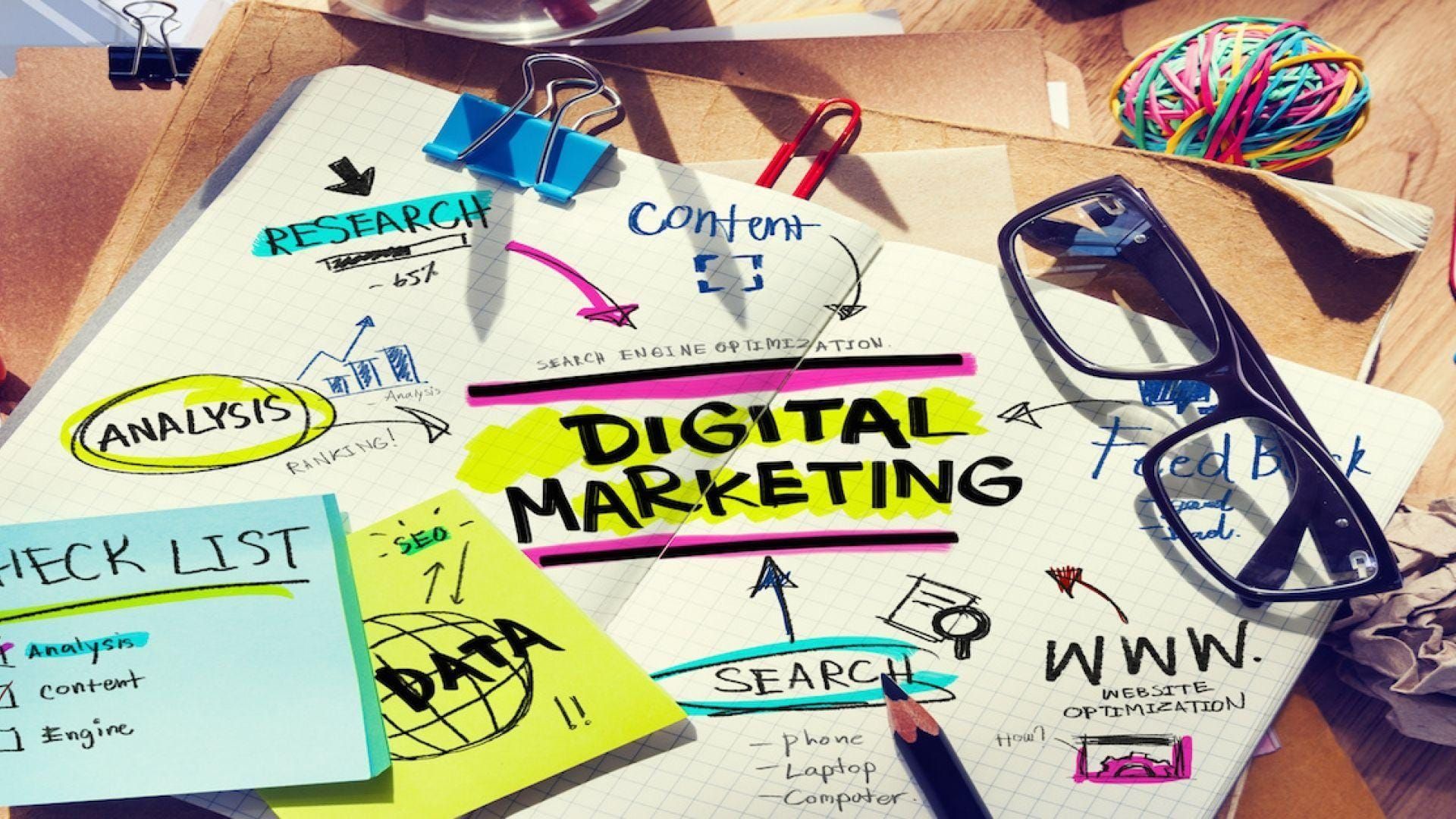


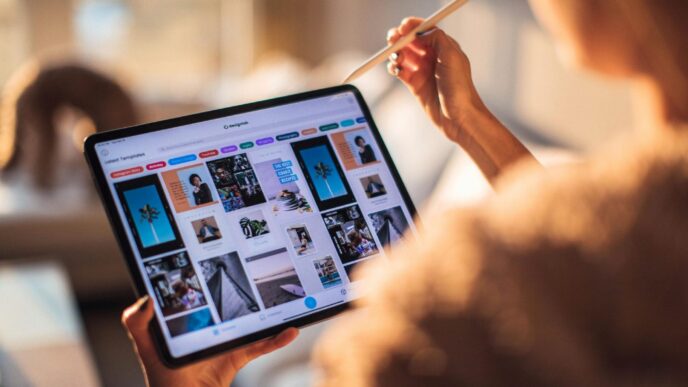


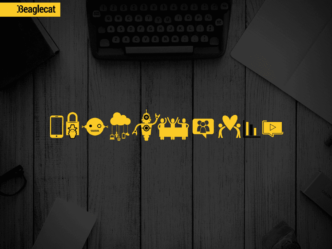







Excellent breakdown, I completely agree with the challenges you described. For our projects we started using an AI-driven system called AI link building by OptiLinkAI, and it has simplified the entire process. It’s refreshing to see technology finally making link acquisition smarter, not just faster.